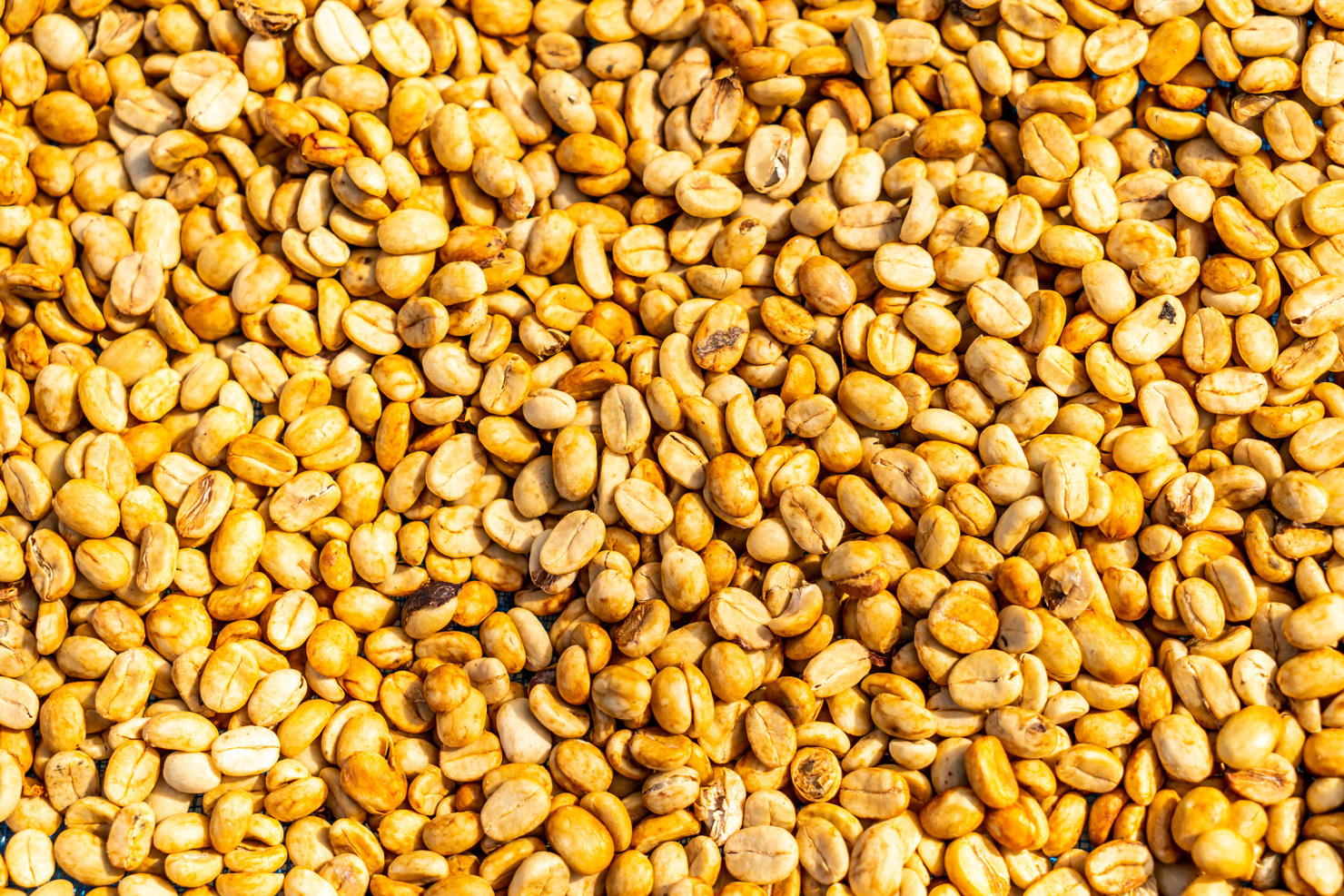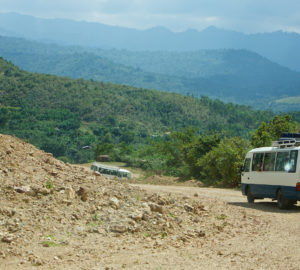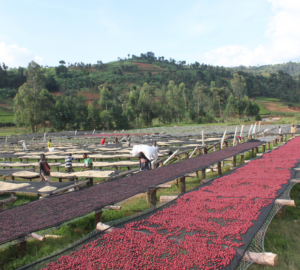What is honey processed coffee?
Because coffee is a fruit, all coffee must undergo some form of “processing” at the farm level before it travels to your favorite coffee roaster and, ultimately, your cup. Honey process is one method that’s become more common in recent years—particularly in Costa Rica, the country typically credited with its popularity. Bad news for any bears reading this, though: no actual honey is involved.
To understand the honey process, it helps to be familiar with the two opposite poles of typical coffee processing: washed coffee and natural process. In a washed coffee, the pulp (skin), fruit, and mucilage surrounding the coffee bean are mechanically removed from the coffee cherry (called “depulping”) after it is picked from the coffee treelet. The remaining seeds within, aka coffee beans, are then washed and fermented in tanks and then dried. In a natural process, on the other hand, coffee is set out in the sun with the skin and flesh of the coffee fruit, also called a coffee “cherry”, still on it. This can impart particular flavors to the bean which some find fruity, complex, and interesting. (Others feel differently about them.)
Then there’s the honey process, which is somewhere in between. In honey processing, the pulp (skin) and fruit are removed from the coffee cherry, leaving a thin layer of sticky mucilage. In a washed process coffee, this mucilage would be cleaned off completely before drying, but in honey processing, some amount of it is left on during the drying stage.
Why is it called the honey process?
The mucilage surrounding the coffee bean inside the fruit tends to be sticky, so it is sometimes compared to honey.
Is there a part of the world famous for honey processing?
Central America was where this style of processing was first popularized, and where innovation continues to grow. Honey processing has some elements in common with the pulp natural process common in Brazil, as well as the giling basah, or wet hulling, process common in Indonesia.
What are the advantages of honey processing?
Besides attenuating levels of flavor and acidity, honey processing uses less water than a fully washed coffee, and can be less finicky in terms of fermentation (and coffees growing moldy) than a natural process.
Are there different types of honey processing?
Yes! There is a spectrum of colors used to describe different “levels” of honey processing, ranging from yellow to red to black—this is why you have perhaps seen “red honey process” or “yellow honey process” referred to on a bag of coffee.
The darkening colors correspond with how much mucilage is left on the coffee bean before drying, like so:
Least mucilage=white honey process
Next least amount of mucilage=yellow honey process
About half the mucilage remaining=red honey process
The most mucilage remaining=black honey process
A demucilaging machine helps coffee producers attenuate exactly how much of the mucilage is removed and how much is left on. The amount of mucilage left on the bean will also affect how long the bean takes to dry, and drying time and technique are also factors that can be adjusted to affect final flavor profile.
What does honey processed coffee taste like?
People who enjoy honey processed coffees attribute qualities like balanced acidity and body and intense fruit sweetness to these coffees. Depending on the level of honey processing, your honey processed coffee may taste more like a washed coffee or more like a natural—but ideally, it’ll hit that perfect sweet spot.
Liz Clayton is the associate editor at Sprudge Media Network. Read more Liz Clayton on Sprudge.































